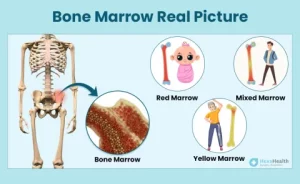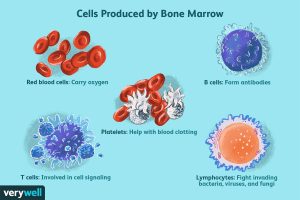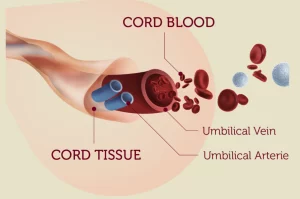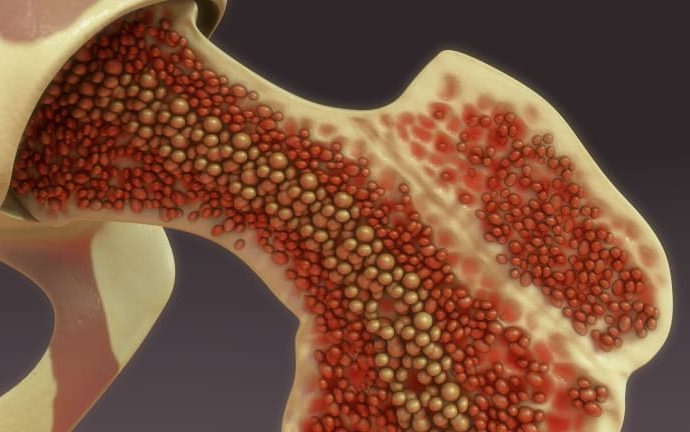Introduction Nestled within the confines of certain bones, notably the hip and thigh bones, Bone Marrows stands as a pivotal entity in the intricate web of human physiology. This spongy tissue is a dynamic hub responsible for the production of blood cells, including the indispensable red and white blood cells, as well as platelets. In
Introduction
Nestled within the confines of certain bones, notably the hip and thigh bones, Bone Marrows stands as a pivotal entity in the intricate web of human physiology. This spongy tissue is a dynamic hub responsible for the production of blood cells, including the indispensable red and white blood cells, as well as platelets. In this extensive exploration, we embark on a journey to unravel the multifaceted aspects of bone marrow, encompassing its fundamental functions, associated conditions, the altruistic act of donation, and the transformative potential of bone marrow transplants.
What is Bone Marrow?
Red and Yellow Marrow
Diving into the anatomy, Bone Marrows exists in two distinctive forms: red and yellow. Red bone marrow, known as myeloid tissue, emerges as the epicenter for the generation of red blood cells, platelets, and a substantial portion of lymphocytes. Conversely, yellow bone marrow, or fatty tissue, serves as a repository for fats and contributes to maintaining the structural integrity of bones.
Stem Cells in Bone Marrow
At the core of bone marrow’s prowess lies the existence of two types of stem cells – mesenchymal and hematopoietic. The latter, hematopoietic stem cells, undergo hematopoiesis, a process giving rise to diverse blood cells, ranging from red and white blood cells to platelets.

Image by: hexahealth.com
Functions of Bone Marrow
A Hub for Blood Cell Production
The raison d’être for bone marrow is the incessant production of vital blood cells. Red bone marrow takes the lead in furnishing red blood cells, platelets, and a significant proportion of lymphocytes. Simultaneously, yellow bone marrow acts as a reservoir for fats, ensuring the sustenance and optimal functioning of bones.
Circulatory System Harmony
The intricate symphony of the circulatory system relies heavily on the contributions of bone marrow. It orchestrates the production of red blood cells responsible for oxygen transportation, white blood cells combating infections, and platelets crucial for blood clotting.
Guardians of the Immune System
Embedded within the lymphatic system, which includes bone marrow, are the architects of immunity – lymphocytes. B cells, T cells, and NK cells emanating from bone marrow play pivotal roles in shielding the body against the onslaught of infections and diseases.
Hemoglobin, Iron, and Beyond
Delving deeper, we encounter the vital players – hemoglobin and iron. Hemoglobin, housed in red blood cells, facilitates oxygen transport and expedites the removal of carbon dioxide. Iron, an elemental cornerstone, is not only essential for hemoglobin synthesis but is also diligently stored in bone marrow, orchestrating the recycling of aging red blood cells.

Image by: verywellhealth.com
Transplants: Unraveling the Potential
Necessity of Bone Marrow Transplants
Transcending routine functions, bone marrow transplants emerge as a beacon of hope for various medical scenarios. From replacing compromised marrow to reinvigorating the immune system, these transplants hold promise in combating cancers and genetic diseases.
Stem Cell Origins
Stem cells, the linchpin of transplants, find their origins in diverse locations, including embryos, bone marrow, peripheral blood, and cord blood. The versatility of these stem cells paves the way for hematopoietic stem cell transplantation (HSCT), a transformative procedure for those with damaged or defective bone marrow or immune systems.
Global Landscape of Transplants
A glance at the global scenario reveals the monumental impact of bone marrow transplants. With over 50,000 HSCT procedures occurring annually worldwide, this medical intervention continues to evolve, with advancements contributing to enhanced outcomes and increased survival rates.

Image by: yandex.com/
Types of Bone Marrow Transplants
- Autologous Transplant:
- Description: In this type, individuals receive their own stem cells.
- Procedure: Stem cells are collected from the patient’s peripheral blood or cord blood.
- Purpose: Replenishes bone marrow with the patient’s own healthy functioning cells.
- Syngeneic Transplant:
- Description: Stem cells are sourced from the identical twin of the recipient.
- Procedure: The donor is the patient’s genetically identical twin.
- Purpose: Minimizes the risk of graft-versus-host disease due to genetic similarity.
- Allogeneic Transplant:
- Description: Recipients receive matching stem cells from a sibling, parent, or unrelated donor.
- Procedure: Donor compatibility is crucial, and the stem cells can be from various sources.
- Purpose: Treats conditions threatening bone marrow function, such as leukemia.
- Haploidentical Transplantation:
- Description: A treatment option for those lacking an HLA-identical matching donor.
- Procedure: Donor is usually a family member with a 50% genetic match (haplotype).
- Purpose: Offers a viable transplant option for a larger percentage of patients.
- Umbilical Cord Blood Transplant:
- Description: Stem cells are harvested from a newborn baby’s umbilical cord.
- Procedure: Cord blood cells are collected and stored for future use.
- Purpose: Provides a rich source of immature cells, reducing the need for strict donor matching.

Image by: yandex.com
Each type of bone marrow transplant serves specific medical purposes, addressing diverse conditions and ensuring compatibility between donor and recipient.
Conclusion:
In our quest to comprehend the intricacies of bone marrow, we unravel a tapestry of life-sustaining functions and life-saving interventions. From the rhythmic orchestration of blood cell production to the transformative potential of transplants, bone marrow emerges as a linchpin in the symphony of human health. This comprehensive exploration invites us to marvel at the wonders encapsulated within our bones, where the essence of life takes shape in the form of bone marrow.

















Leave a Comment
Your email address will not be published. Required fields are marked with *